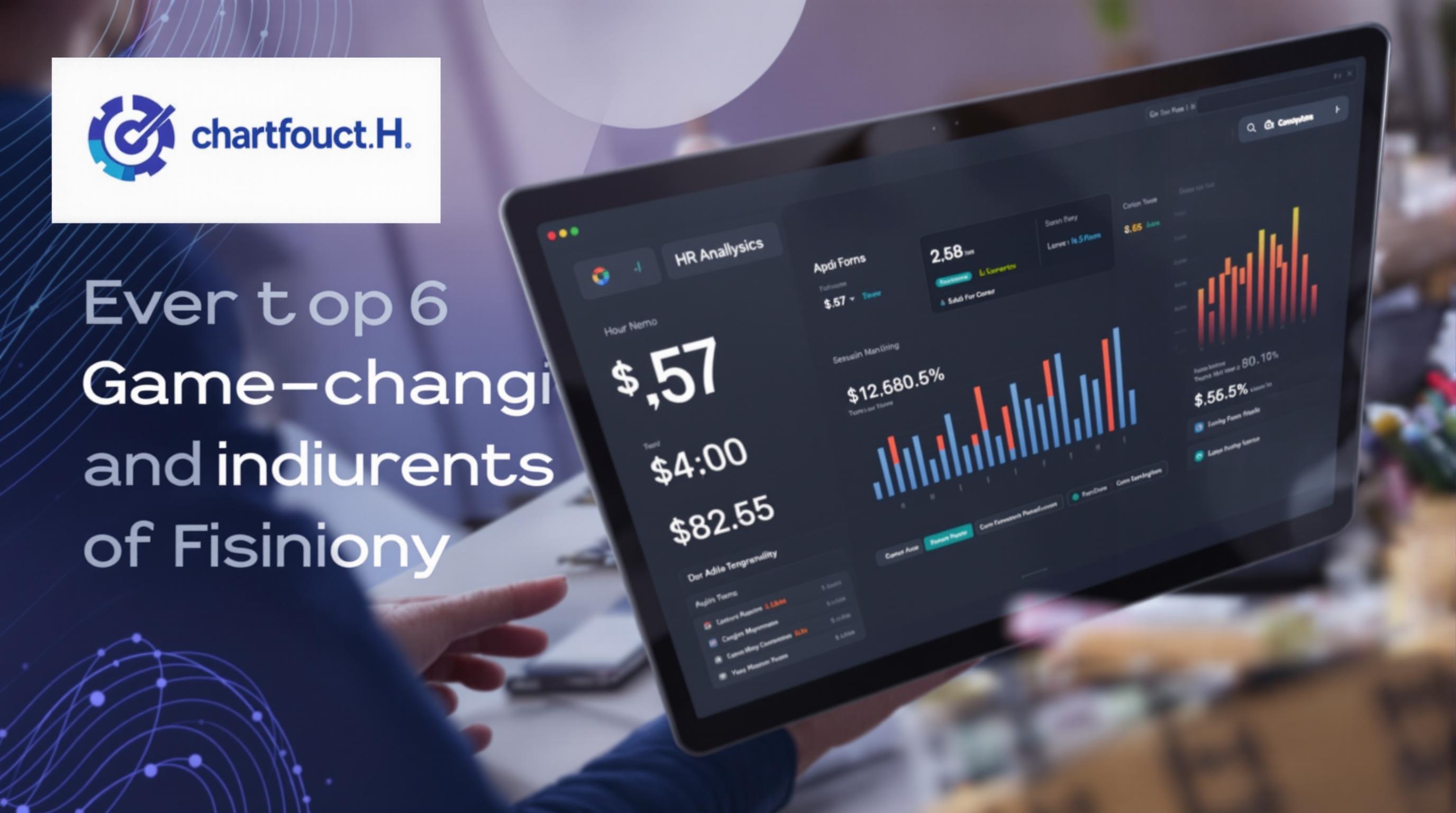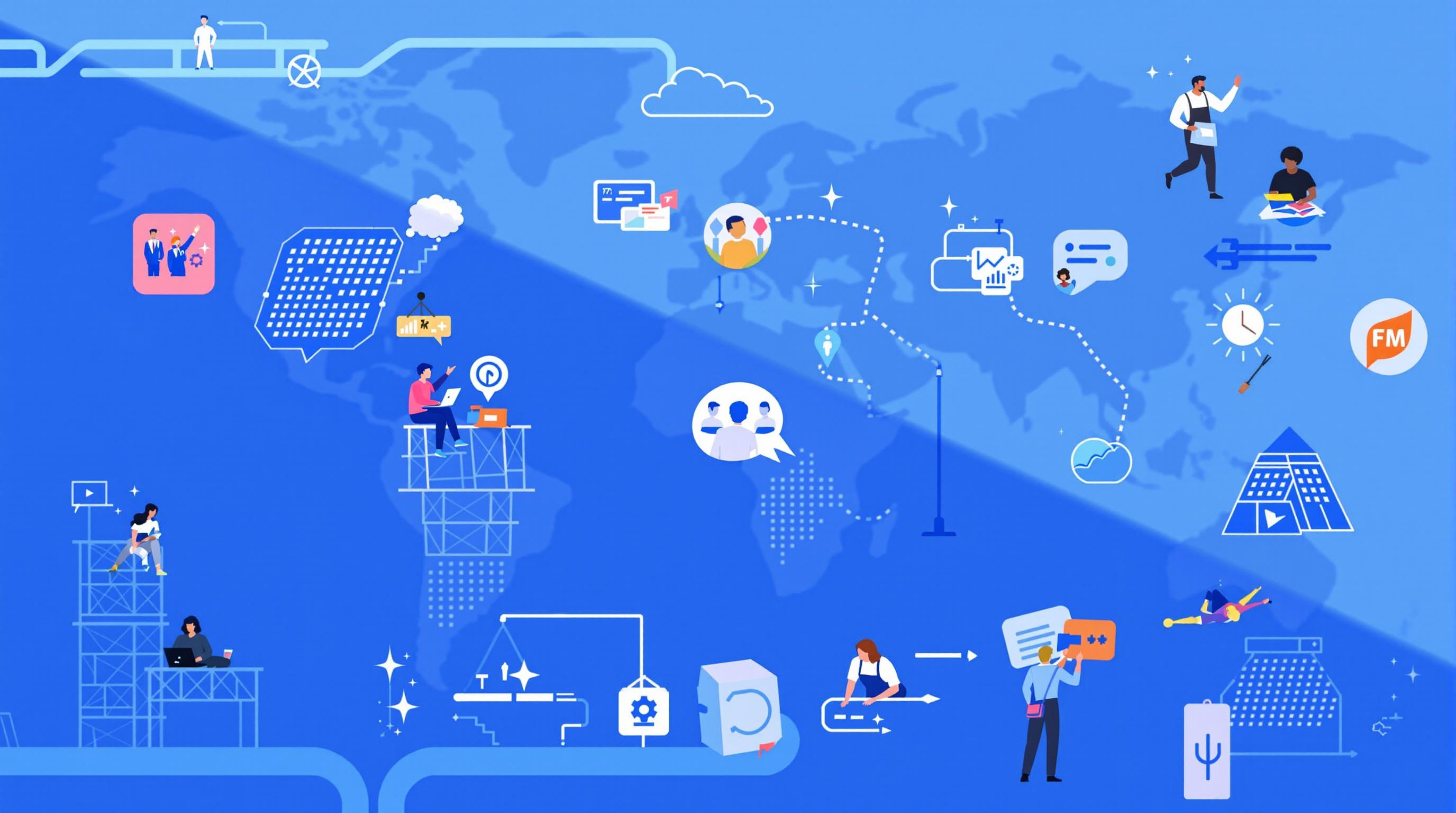Related Articles
- The Role of Cultural Norms and Social Pressure in Shaping Corporate Tax Behaviors Across Borders
- Top 6 Game-Changing HR Analytics Platforms Since 2019 Revolutionizing Employee Rights Enforcement
- The Unexpected Impact of Cultural Appropriation on Copyright Claims and Creative Ownership Debates
- Unveiling the Role of AI in Detecting Counterfeit Trademarks Before Official Approval
- The Quiet Impact of Cultural Nuances on Negotiation Dynamics in Global Business Agreements
- The Hidden Role of Psychometric Profiling in Choosing Co-Founders for Startup Success
Top 6 Game-Changing HR Analytics Platforms Since 2019 Revolutionizing Employee Rights Enforcement
Top 6 Game-Changing HR Analytics Platforms Since 2019 Revolutionizing Employee Rights Enforcement
Since 2019, innovative HR analytics platforms have radically transformed the enforcement of employee rights by leveraging data-driven insights. This article explores six of these game-changing tools, illustrating their unique impacts and real-world applications.
1. Visier Workforce: Formal and Insight-Driven
For HR professionals seeking a straightforward, data-rich approach, Visier Workforce stands out as a powerful leader in the analytics sphere. Its robust capacity to dissect vast employee data sets enables companies to pinpoint disparities in pay equity, monitor compliance with labor laws, and predict risks related to employee rights violations. According to a 2021 Gartner report, organizations utilizing Visier saw a 30% faster resolution in workplace disputes due to early identification of potential issues.
By integrating real-time dashboards with customizable metrics, Visier facilitates proactive decision-making, ensuring that employee rights are not just an afterthought but a continuous strategic priority. Its data-centric framework is tailored for companies aiming to uphold rigorous ethical standards without sacrificing operational efficiency.
2. Culture Amp: Conversational and People-Centric
Imagine a platform that listens—not just to numbers, but to the voices behind them. That’s Culture Amp in a nutshell. Since its rise post-2019, Culture Amp has revolutionized how companies hear employee grievances and feedback. By deploying immersive surveys and sentiment analysis, it captures authentic employee experiences, thereby spotlighting areas of rights enforcement where formal policies may falter.
Take one tech startup in San Francisco, for example, which after implementing Culture Amp, reported a 45% increase in employee satisfaction related to workplace fairness. This kind of feedback loop creates an open dialogue, empowering workers to assert their rights with confidence while giving employers a clear roadmap to improve workplace culture.
3. SAP SuccessFactors: Persuasive Corporate Powerhouse
Let’s face it—large enterprises run on complex HR ecosystems, and SAP SuccessFactors is their go-to analytics juggernaut. Since 2019, its extensive suite of tools has helped multinational corporations enforce employee rights efficiently across diverse jurisdictions. Through integrating compliance tracking, labor law updates, and employee wellbeing metrics, it offers a comprehensive solution.
SAP claims that companies using SuccessFactors achieve 25% higher compliance adherence year-over-year. This low-risk, high-impact platform is perfect for organizations that need to navigate the tangled web of global employee rights law seamlessly.
4. Peakon: Humorous and Human Insights
Okay, let's keep it real: crunching numbers about employee rights can sound about as exciting as watching paint dry. But Peakon brings a welcome splash of personality to the table. A conversational, AI-powered platform, Peakon gathers employee sentiment with quirky, engaging surveys that employees actually look forward to answering (no kidding!).
One way it shakes things up is through dynamic feedback loops that capture potential discrimination or harassment issues before they escalate — and trust me, that’s no joke. A 2022 survey by HR Dive highlighted that companies employing Peakon’s analytics saw a 35% drop in formal complaints, proving that happy employees mean safer workplaces.
5. Workday People Analytics: Casual and User-Friendly
Workday’s People Analytics has gained attention since 2019 for its intuitive interface and user-friendly features that democratize HR data. Whether you’re an HR newbie or a seasoned pro, its dashboards make digging into employee rights metrics straightforward and stress-free.
For instance, an education nonprofit used Workday’s analytics to identify patterns of overtime violations, enabling swift corrective actions and saving thousands in potential penalties. Workday’s accessible design means everyone in HR can become an advocate for fairness without needing a PhD in statistics.
6. One Model: Storytelling and Integration
Let me tell you about a mid-sized manufacturing firm that thought employee rights enforcement was a bookkeeping nightmare—until One Model stepped in like a hero. This platform weaves data from payroll, timekeeping, and compliance systems into one cohesive story, revealing hidden patterns that traditional HR tools often miss.
Through One Model’s narrative-driven analytics, the firm uncovered subtle instances of scheduling bias that disproportionately affected minority workers. Armed with these insights, they revamped policies and saw a 20% improvement in employee retention within a year. It’s a compelling example of how integrated storytelling through data can champion employee rights effectively.
Conclusion: Taken together, these six platforms exemplify the revolution in HR analytics that’s reshaping employee rights enforcement, from data-heavy engines and human-centric feedback systems to user-friendly interfaces and integrated storytelling. As the workplace continues to evolve, leveraging such innovative tools is not just beneficial but essential for fair and equitable labor practices.
References:
Gartner (2021). Workforce Analytics. Retrieved from https://www.gartner.com/en/human-resources
HR Dive (2022). Employee Engagement and Complaint Trends. https://www.hrdive.com/
Company Case Studies from Culture Amp, SAP, and One Model internal reports (2019–2023)




